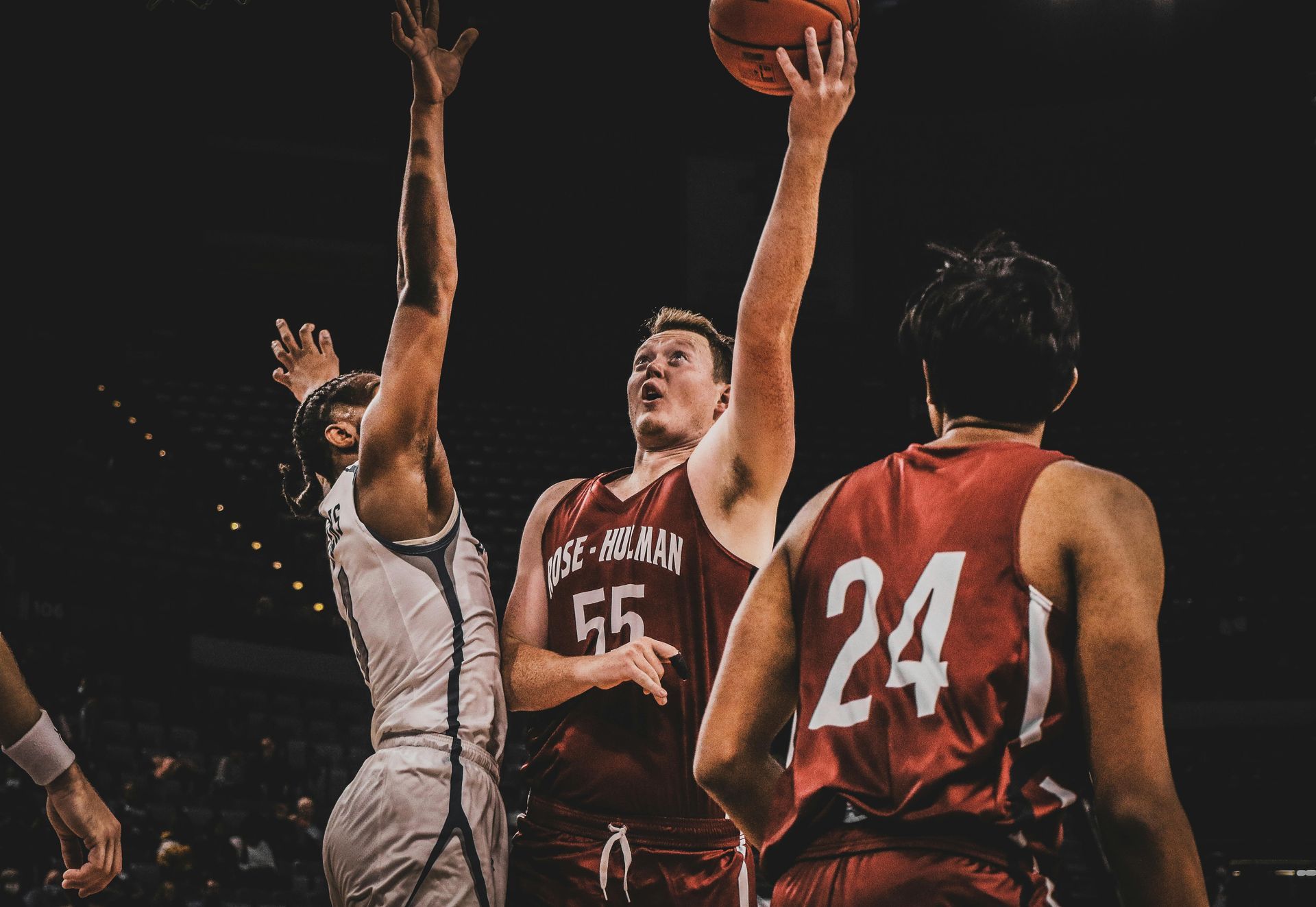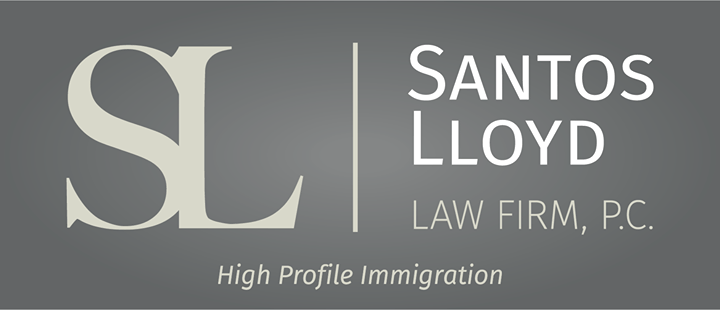O que posso fazer se meu caso de imigração está demorando muito para ser processado?
Click here to read this article in English
O COVID-19 impactou muitas partes de nossas vidas, e infelizmente isso inclui o trabalho do USCIS também. Anteriormente, os tempos de processamento eram razoáveis, mas ultimamente alguns casos estão levando um ano ou mais para serem processados, comparados ao tempo de processamento original na qual era muito mais curto. Pior ainda, alguns casos parecem ter caído completamente do radar da agência e o USCIS não está tomando nenhuma ação sobre eles. O que você pode fazer para tentar movimentar o seu caso?
Ligue para o centro de contato do USCIS e faça uma consulta sobre o status do seu caso.
O número de contato do USCIS é 1 (800) 375 5283.
Se o seu caso estiver fora do tempo de processamento normalmente postados (ou seja, se estiver pendente por mais tempo do que o tempo de processamento postado para o seu tipo de caso), você pode ligar para este número, falar com um oficial e fazer uma consulta sobre o que está atrasando o processamento do seu caso.
- Enviar um pedido ao Ombudsman
Se a consulta ao USCIS não funcionar, você pode enviar um pedido ao Ombudsman. O Office of the Citizenship and Immigration Services Ombudsman (CIS Ombudsman) ajuda indivíduos e empregadores a resolverem dificuldades que estão enfrentando com o U.S. Citizenship and Immigration Services (USCIS). Os pedidos ao Ombudsman geralmente recebem uma resposta algumas semanas ou meses depois de serem enviados.
https://www.dhs.gov/topic/cis-ombudsman/forms/7001#no-back
- Entre em contato com um representante do Congresso
Se o envio do pedido ao Ombudsman não funcionar, você pode entrar em contato com o representante do Congresso local do seu distrito e solicitar a ajuda deles com o seu caso de imigração.
O primeiro passo para a assistência do Congresso é encontrar o nome e as informações de contato do representante do Congresso neste site - www.house.gov. Na seção superior direita da tela deve haver um prompt que diz "Digite seu código postal." Depois que seu código postal for digitado, o nome e as informações de contato do seu representante devem aparecer.
As informações de contato geralmente são um endereço de e-mail e um número de telefone, embora o e-mail seja geralmente preferido. Uma vez que o representante do Congresso tenha sido contatado e a situação seja explicada, o congressista informará qualquer formulário ou documento que precisa ser enviado. Se um pedido de aceleração estiver sendo apresentado por meio do escritório do Congresso, os documentos que comprovam os motivos para o processo de aceleramento serão requeridos pelo escritório do Congresso.
Um dos formulários gerais necessários para todas as consultas com o representante do congresso é a renúncia à privacidade. O escritório do congressista não pode contatar o USCIS em relação a um pedido de imigração sem a permissão do requerente. Esta renúncia permitirá que eles acessem o pedido e as informações que o USCIS possui. Consequentemente, será necessário preencher uma renúncia à privacidade que exigirá: informações sobre o caso, o número do caso do USCIS, informações gerais de identificação, um resumo do problema, esforços realizados para resolver o problema e quaisquer outros documentos importantes. Essa renúncia permitirá que o congressista forneça atualizações sobre o pedido em questão.
A partir desse ponto, o congressista deve ser capaz de orientar o requerente na direção certa para qualquer atualização ou documentos adicionais necessários. O USCIS normalmente resolve os casos dentro de 30 dias do pedido enviado pelo escritório do congressista, seja por e-mail ou correspondência escrita.
- Último recurso: Entrar com uma Ação de Mandado de Segurança.
Na área de imigração, um mandado de segurança é geralmente uma ação civil contra o Serviço de Cidadania e Imigração dos Estados Unidos (USCIS) no Tribunal Federal.
Essa ação solicita ao tribunal que obrigue a agência de imigração a tomar uma decisão sobre a aplicação ou petição do imigrante demandante.
Além do USCIS, o mandado de segurança também permite que você entre com uma ação contra outras agências dos Estados Unidos, como:
- O Bureau Federal de Investigação (FBI);
- O Departamento de Segurança Interna (DHS), e
- Consulados ou embaixadas dos EUA.
O mandado de segurança pode ser usado em casos em que houve atraso injustificado ou retenção ilegal de ação.
Esse tipo de ação deve ser considerado como último recurso, após outras opções terem sido completamente exploradas.
Para decidir se uma dessas opções é adequada para você, entre em contato com nosso escritório e consulte um de nossos profissionais de imigração altamente experientes hoje mesmo!
This blog is not intended to be legal advice and nothing here should be construed as establishing an attorney client relationship. Please schedule a consultation with an immigration attorney before acting on any information read here.






